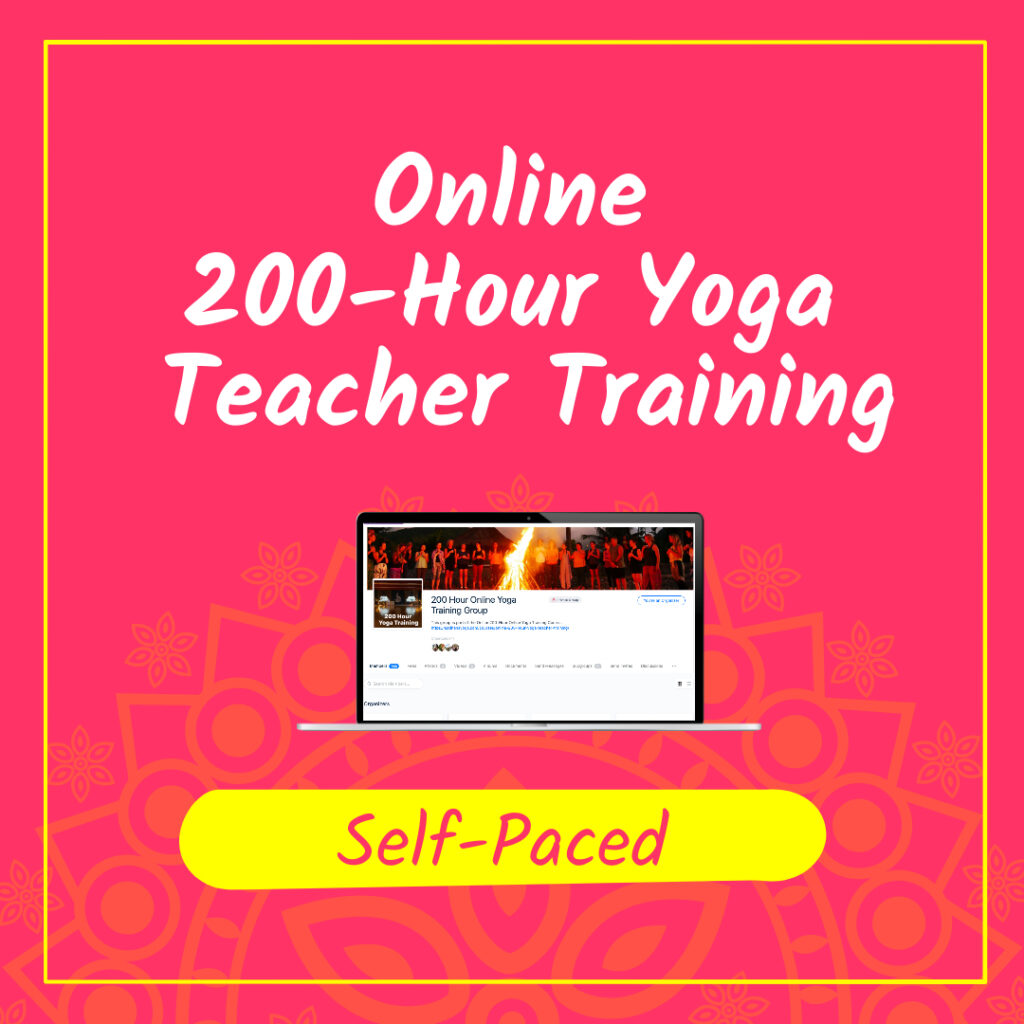Stress Management: Meditation Techniques that Work for Everybody

We started a blog series recently around the concept of stress management. In our first blog, we looked at the role mindfulness can play for our stress management, today we are going to look at another techniques – meditation.
Meditation has been practiced for literally thousands of years and today there is a shift to bring it back into the mainstream. The great news is that, despite the common misconceptions surrounding the practice, meditation can be done anywhere, for any duration of time. You don’t have to be sitting in a quiet space, with your eyes closed, in full lotus, for it to work.
Why Meditation
There are countless studies being published today surrounding the benefits of meditation for stress management. Everyone from students, health care workers, PTSD and trauma survivors, addicts, or corporate employees will notice the residual benefits of the practice.
Meditation can help carry you more calmly through your day and may help you manage symptoms of certain medical conditions.
Stress causes profound negative effects on the body impacting, health, wellness, job performance, physical abilities, interpersonal relationships and so much more. Instead of taking medications to treat the symptoms, techniques like meditation can help people manage stress in a more holistic way. With the help of a seasoned practitioner, meditation can help people move through a therapeutic process to heal from trauma and life experiences.
How to Begin a Meditation Practice
As with all new habits, developing them takes time. The first step is making the decision to begin, from there you can follow the tips below:
- Schedule it into your day, like a doctors appointment
- Meditate at the same time every day
- Find a meditation space, or have multiple available depending on when you plan to meditate
- Let go of expectation of “how” it should be
- Set the intention to follow a certain style of meditation
- Pick one style of meditation and practice it
The more you make meditation part of your day, and build your routine around it, the less likely you are to skip your meditation session.
Meditation Techniques You Can Start Doing Now
There are hundreds, if not thousands, of meditation techniques to access today from Hinduism, Buddhism, Yoga and other origins. Not all meditation techniques are going to work for everyone. If you, like many people, are new to meditation, it is easy to start incorporating it into your life right now. We will explain three types of meditation that you can do anywhere and anytime.
Mantra Meditation
Mantra meditation is an ancient practice which involves the repetition of specific sounds and vibrations. In fact the word “mantra” means “an instrument for the mind”. The concept is to use the mantra to keep the mind focused on a single point, minimize distraction, and quiet the internal dialogue that causes stress, worry and anxiety.
One method of mantra meditation is following the rule of 108, where you repeat the mantra 108 times for 40 days. This process is meant to invoke the spirit of the mantra and help you realize the benefits fully in your life. Mala beads are a useful tool during Japa/mantra meditation as they can assist with keeping track of the count so the mind can stay connected to the mantra.
“Om” is one of the most common mantra’s, and has been repeated for thousands of years, and represents the most elemental sound, representing the infinite universal consciousness. However, there are thousands of manta’s to choose from for your daily practice, and you are invited to do your research to find one that works for you. The sound, speed, vibrations, and techniques used will vary for each mantra so be sure to gather all the appropriate information before beginning your practice.

Walking Meditation
Most of us have the luxury to walk somewhere, whether its to the car, to the next room, outside, up a mountain. When we engage in this simple activity we can add meditation into the process.
Unlike seated meditation, when walking your eyes are open, body is standing and moving, and there is a bit more interaction with the outside world. Because the body is moving, it is easier to be mindful of the body sensations and anchored in the present moment; for this reason, many people find walking meditation easier than seated meditation.
A walking meditation is meant to be slow and mindful, allowing you to soak in all the sensations in and around the body – the air, the breath, the feet, the hands, the wind. It provides the opportunity for a deep, sensory connection to the environment around you, your body, and how the two play together. Some methods allow you the freedom to walk and explore, others, like Therevada version, uses a straight 30-40′ plank to walk back and forth in the same section to further simplify the experience – there is no troubleshooting or maneuvering, the path is predictable, the mind can rest and turn inward. For more ideas on Walking Meditatin, check out this guide from Liveanddare.com.

Metta Meditation
The first two meditation techniques mentioned above are a bit more mainstream today. The concept of Metta meditation is a bit more obscure, but equally appealing. Metta meditation involves the simple act of directing positive, loving thoughts toward yourself and others. By directing positive kind thoughts toward yourself and others, it helps to create . more positive, kind outlook on the world around you and your interactions with others around you.
It is best done in a quiet space, preferably seated, attention drawn inward, so the focus can be on the positive thoughts and vibes you wish to share with the universe. This can done with four types of people in mind: yourself, your loved ones, someone you are neutral about and someone you may really not care for. Once you can do that you send the vibes “may all being everyone be happy and free” to them all.
The practice of Metta meditation is a beautiful support to other awareness practices. One recites specific words and phrases evoking a “boundless warm-hearted feeling.” The strength of this feeling is not limited to or by family, religion, or social class. We begin with our self and gradually extend the wish for well-being happiness to all beings.
The ability to share compassion and love with someone, no matter how you feel about them, is empowering and rewarding on your internal psyche. Additionally when you can learn to be kind to yourself, it becomes easier to be kind to others.

These are just three of many meditation techniques. The three listed above are included here because they are easy to incorporate and really anyone can do them, at any time during the day. Stay tuned for our next, and final segment for Stress Management, where we look at pranayama (breathing) practices that can help foster a less stressful outlook and lifestyle.
Want to learn how to meditate, or learn to teach meditation to others? You can do that, and more, at a yoga teacher training. Click below for out FREE E-Book.






Responses